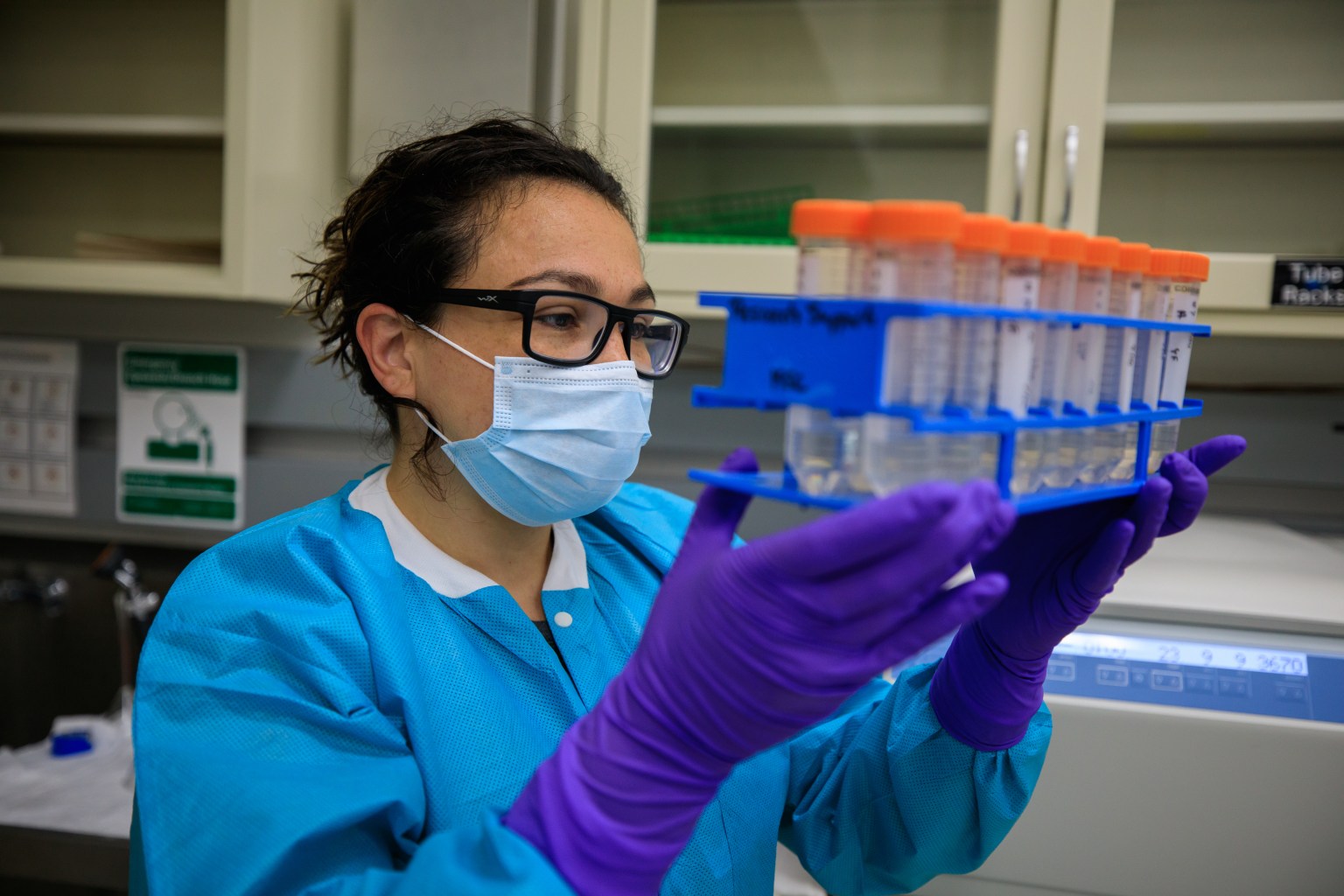InSPA Inter-Agency Collaboration Goals

NASA knows it takes a village to make commercial manufacturing in space a reality. NASA is collaborating with experts from industry, academia and other U.S. Government agencies on the technologies in play with the InSPA portfolio. By joining forces with these experts, NASA can better support its commercial partners, accelerating the transition from proof-of-concept demonstrations on the International Space Station to commercial operations in future commercial low Earth orbit (LEO) destinations. NASA’s InSPA awards help the selected companies raise the technological readiness level of their products and move them to market, propelling U.S. industry toward the development of a sustainable, scalable, and profitable non-NASA demand for services and products manufactured in the microgravity environment of LEO for use on Earth.
NASA is recruiting agency, government and industry experts to inform NASA’s InSPA priorities, accelerate learning and increase commercialization success.
Establishing Priorities
We will provide input on NASA Technology Roadmaps and/or evaluate proposals to inform awards for applications that serve national needs and U.S. competitiveness. We will also participate in working group discussions.
CHIPS and Science Act
Concepts that support the goals of the “CHIPS and Science Act” through semiconductor manufacturing in microgravity are of special interest to NASA. Those selected for further assessment will be invited to submit full proposals. NASA is seeking funding from the CHIPS and Science Act through the National Institute of Standards and Technology (NIST) to ensure US leadership in semiconductor manufacturing in microgravity. To support this initiative, NASA’s InSPA program may grant awards that come with funding for facilities, workforce development, academic support, and program development.
SHERPA Support
Space Hardware Experts for Research, Production, and Applications (SHERPA) shares knowledge as subject matter experts on science, technology, manufacturing, markets, and investors. Provide support directly to principal investigators or through NASA Technical Monitors to accelerate learning.
Specific SHERPA activities:
- Identify new InSPA candidates important to other government agencies where gravity is impeding development.
- Assist in prioritization and decisions on down-selects.
- Peer review at major milestones (design reviews, science requirements, ground and in-flight testing).
- Develop performance goals and metrics that must be met to exceed current state-of-the-art.
- Leverage artificial intelligence and machine learning (AI/ML) and expand space databases to improve models and increase value from each flight, across the years and programs.
- Perform independent analysis and validation of flight results.
- Conduct outreach to industry and other government agencies for Phase 2 and 3 sponsorships.
Points of Contact
- Air Force Research Laboratory (AFRL) Directed Energy Directorate
- Don Ufford, Advanced Manufacturing Policy Fellow, Advanced Manufacturing National Program Office, Department of Commerce – National Institute of Standards and Technology
- Danilo A. Tagle, Ph.D., Director, Office for Special Initiatives, National Center for Advancing Translational Sciences at the National Institutes of Health
- Jas S. Sanghera, Ph.D., Branch Head of Optical Materials and Devices, Naval Research Laboratory
- Defense Advanced Research Projects Agency (DARPA)
 November 01, 2023 at 01:20AM from NASA https://ift.tt/i3DrhCK
November 01, 2023 at 01:20AM from NASA https://ift.tt/i3DrhCK



Comments
Post a Comment